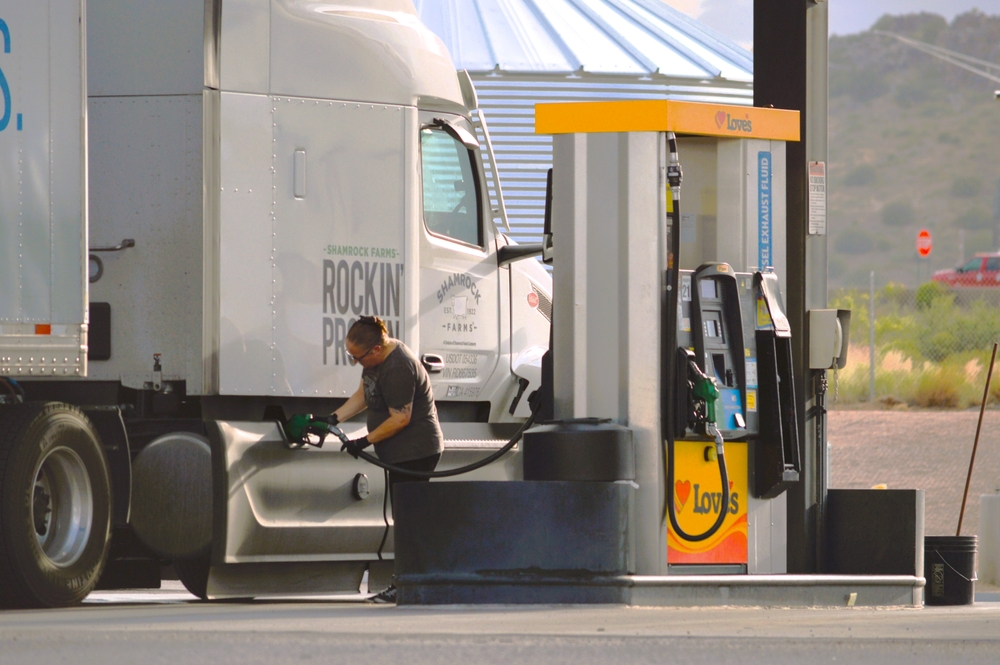
Retail diesel prices have increased for three consecutive weeks, but this rise isn’t driven by higher consumption. According to the Department of Energy (DOE) and Energy Information Administration (EIA), the average retail diesel price climbed by 4.4 cents to $3.813 per gallon. This uptick follows a nine-week period of declining prices.
Although the EIA’s retail price survey doesn’t directly reflect it, the ultra-low sulfur diesel (ULSD) prices on the CME commodity exchange also surged nearly 10 cents per gallon, reaching $2.6147. This marks the highest settlement since mid-April.
The rise in diesel prices, as well as other oil markets, appears to be driven by a variety of factors, including the approach of Hurricane Beryl, despite it avoiding oil and gas production areas in the Gulf of Mexico. However, the upward trend persists even amid new data indicating flat or weakening diesel demand.
Recent weekly EIA data on U.S. production, consumption, and inventories, though preliminary, revealed that April’s ULSD consumption was 3.778 million barrels per day, the lowest for April since 2017, excluding the pandemic year of 2020. This figure was an increase from March’s 3.633 million barrels per day but still the fourth-lowest since late 2020, a period when consumption began to rise as the economy rebounded towards the strong freight market of 2021-2022.
In April 2017, ULSD consumption was 3.601 million barrels per day. Since then, it has occasionally peaked just above 4 million barrels per day but has not consistently sustained those levels. This suggests that despite increased freight movement, diesel consumption has stagnated.
Improved fuel efficiency in Class 8 trucks might be a contributing factor. Mike Roeth, head of the North American Council for Fuel Efficiency, reported that average fuel efficiency increased from 5.97 mpg to 6.24 mpg over three years. While this may seem modest, it can significantly impact a market typically ranging between 3.8 million and 4 million barrels per day. Some industry experts believe that achieving 10 mpg on open highways is now possible, reflecting significant efficiency gains.
This trend isn’t confined to diesel. April’s gasoline consumption was 8.831 million barrels per day, the lowest for April since 2012, excluding April 2020. Unlike diesel, the gasoline market has been affected by the growing electrification of passenger vehicles.
In summary, while diesel prices are rising, the demand figures present a more nuanced picture, suggesting that efficiency improvements and other factors may be offsetting increases in freight movement.
Source:











Leave a Comment